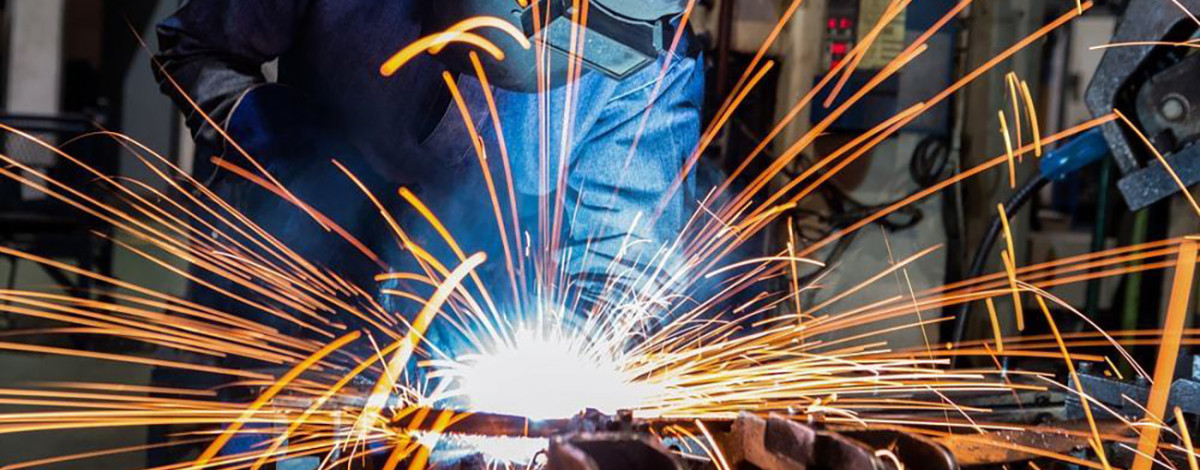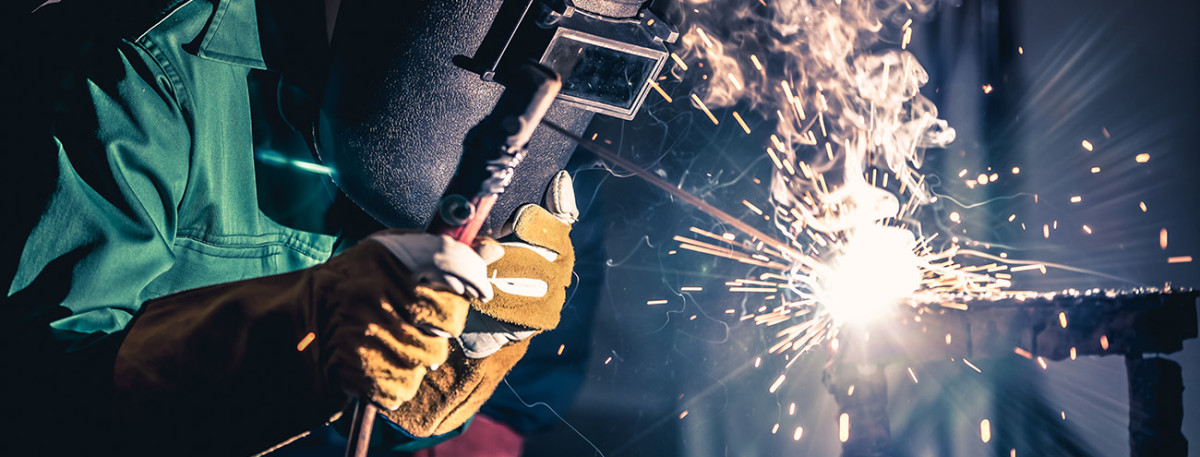CAPABILITIES
Welding is a fabrication process that joins materials, usually metals or thermoplastics, by using high heat to melt the parts together and allowing them to cool, causing fusion. We offer to weld and fabricate for customer demand of a range of industries. Our experienced welders work with alloy steel, carbon steel, stainless steel, non-ferrous steel, and other types of steel and alloys.
While often an industrial process, welding may be performed in many different environments. Welding is a hazardous undertaking and precautions are required to avoid burns, electric shock, vision damage, inhalation of poisonous gases and fumes, and exposure to intense ultraviolet radiation.

Welding Method:
There are various welding methods available, each suitable for different applications and materials. Common welding methods include:
Arc Welding: Uses an electric arc to generate heat and melt the metal pieces. Includes techniques such as Shielded Metal Arc Welding (SMAW), Gas Metal Arc Welding (GMAW), and Gas Tungsten Arc Welding (GTAW).
Resistance Welding: Utilizes electric resistance to generate heat and join metal pieces together. Includes techniques such as Spot Welding, Seam Welding, and Projection Welding.
Gas Welding: Uses a fuel gas and oxygen flame to melt the metal pieces. Includes techniques such as Oxy-Acetylene Welding (OAW) and Oxy-Fuel Cutting (OFC).
Laser Welding: Utilizes a high-powered laser beam to melt and fuse metal pieces together.
Friction Welding: Generates heat through friction between the metal pieces and then applies pressure to join them together.

Joint Design:
The design of the joint plays a crucial role in the welding process. Common joint designs include butt joints, lap joints, T-joints, corner joints, and edge joints. The joint design should be selected based on factors such as the application, material thickness, and welding method being used.
Welding Process:
The welding process begins by applying heat to the joint area using the selected welding method. The heat source melts the base metal and, if applicable, the filler metal, forming a molten pool. The molten metal then solidifies to create a strong bond between the metal pieces.
Post-Welding Treatment:
After welding, the welded assembly may undergo post-welding treatments such as cleaning, grinding, or machining to remove excess weld material, smooth the weld surface, and improve the appearance and integrity of the weld.
Welding Safety:
Welding involves exposure to various hazards, including heat, UV radiation, fumes, and electrical shock. Proper safety precautions must be followed, including wearing appropriate personal protective equipment (PPE), ensuring adequate ventilation, and implementing safe work practices to minimize the risk of injury or accidents.
What Can We Do For You
